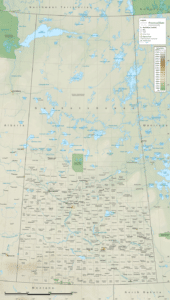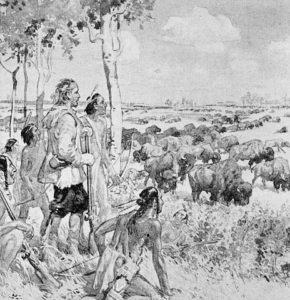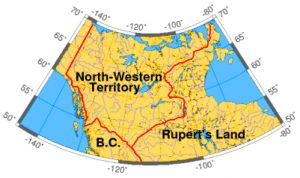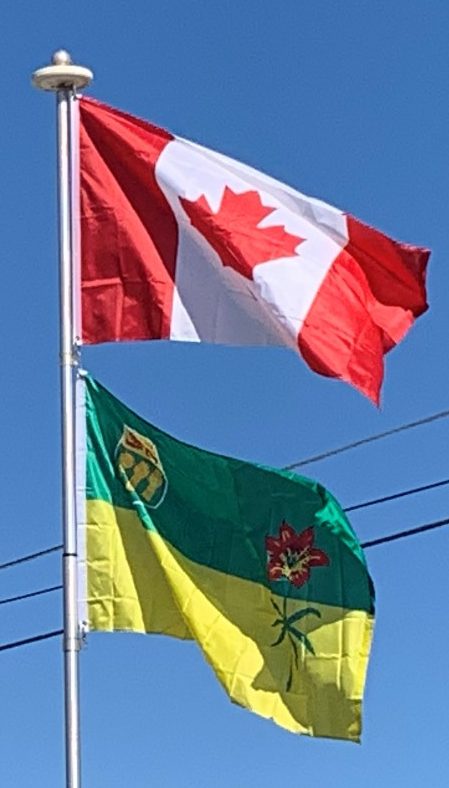Saskatchewan is part of the Western Provinces and is bounded on the west by Alberta, on the north by the Northwest Territories, on the north-east by Nunavut, on the east by Manitoba, and on the south by the U.S. states of Montana and North Dakota. Saskatchewan has the distinction of being the only Canadian province for which no borders correspond to physical geographic features (i.e. they are all parallels and meridians). Along with Alberta, Saskatchewan is one of only two land-locked provinces.

The overwhelming majority of Saskatchewan’s population is located in the southern third of the province, south of the 53rd parallel.
Saskatchewan contains two major natural regions: the Boreal Forest in the north and the Prairies in the south. They are separated by an aspen parkland transition zone near the North Saskatchewan River on the western side of the province, and near to south of the Saskatchewan River on the eastern side. Northern Saskatchewan is mostly covered by forest except for the Lake Athabasca Sand Dunes, the largest active sand dunes in the world north of 58°, and adjacent to the southern shore of Lake Athabasca. Southern Saskatchewan contains another area with sand dunes known as the “Great Sand Hills” covering over 300 square kilometers. The Cypress Hills, located in the southwestern corner of Saskatchewan and Killdeer Badlands (Grasslands National Park), are areas of the province that were un-glaciated during the last glaciation period, the Wisconsin glaciation.
The province’s highest point, at 1,392 meters, is located in the Cypress Hills less than 2 km from the provincial boundary with Alberta. The lowest point is the shore of Lake Athabasca, at 213 meters. The province has 14 major drainage basins made up of various rivers and watersheds draining into the Arctic Ocean, Hudson Bay and the Gulf of Mexico.
History:
Early History:
Saskatchewan has been populated by various indigenous peoples of North America, including members of the Sarcee, Niitsitapi, Atsina, Cree, Saulteaux, Assiniboine (Nakoda), Lakota and Sioux. The first known European to enter Saskatchewan was Henry Kelsey in 1690, who traveled up the Saskatchewan River in hopes of trading fur with the region’s indigenous peoples.

The first permanent European settlement was a Hudson’s Bay Company post at Cumberland House, founded in 1774 by Samuel Hearne. In 1762 the south of the province was part of the Spanish Louisiana until 1802.
19th Century:
In 1803 the Louisiana Purchase transferred from France to the United States part of what is now Alberta and Saskatchewan. In 1818 the U.S. ceded the area to Britain. Most of what is now Saskatchewan was part of Rupert’s Land and controlled by the Hudson’s Bay Company, which claimed rights to all watersheds flowing into Hudson Bay, including the Saskatchewan River, Churchill, Assiniboine, Souris, and Qu’Appelle River systems.

In the late 1850s and early 1860s, scientific expeditions led by John Palliser and Henry Youle Hind explored the prairie region of the province.
